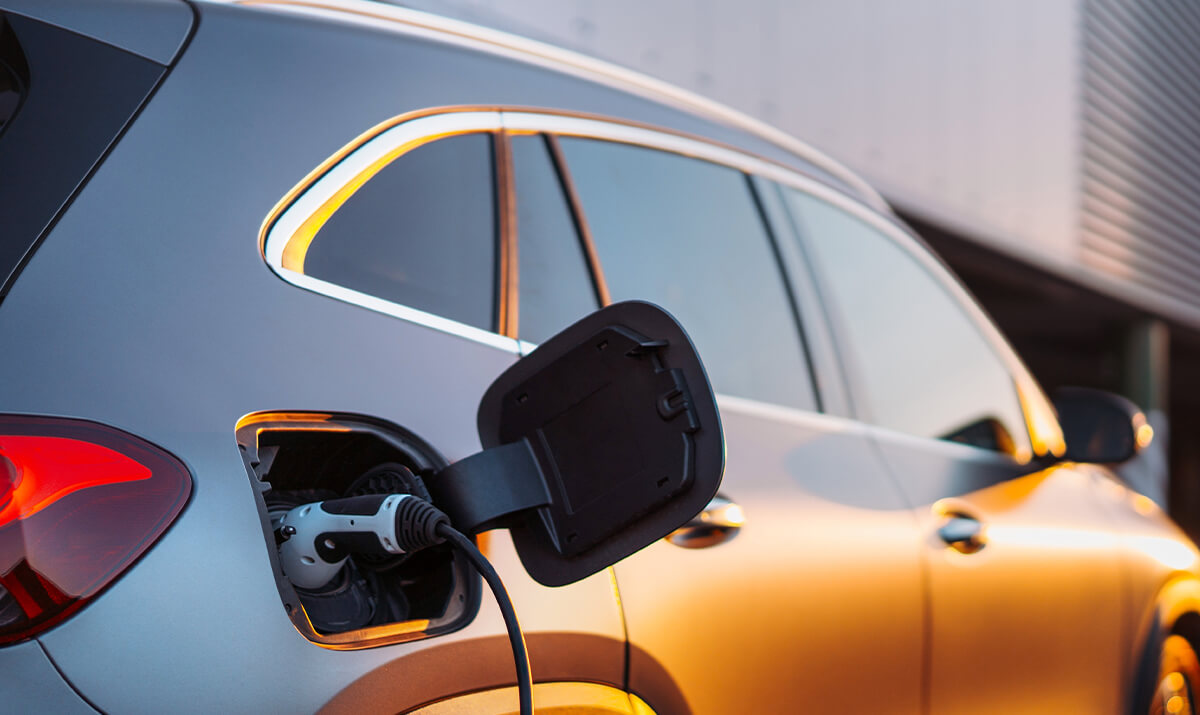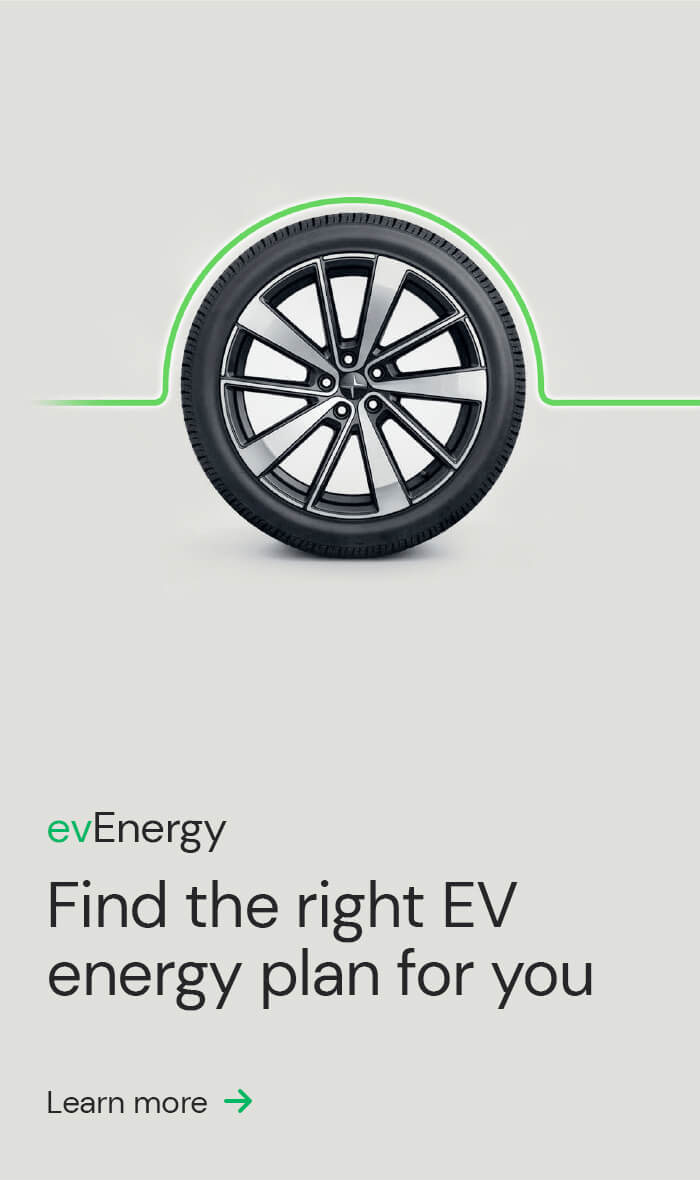Vehicle-to-grid (V2G) charging is becoming more widely discussed in EV communities and you may be wondering what it is all about. Here we explain how V2G charging works, the benefit of V2G charging, and what new EV models will offer this promising capability.
What is V2G charging?
EVs receive power through a plug-in charger that allows electricity to flow from the grid to the EVs battery. With V2G technology, the EV battery can also send electricity back to the grid when it’s not being used or when the grid demands additional power.
An EV equipped with V2G capabilities can act as a mobile energy storage system that can both draw electricity to charge your EV and discharge electricity back to the grid. Think of it as a portable power bank. Similar to V2G is vehicle-to-home (V2H), where you can use power from your EV battery for your home, although it cannot be sent to the grid. Since they’re like two-way systems, V2G and V2H are also known as bidirectional charging.
What are the benefits of V2G charging?
As an EV driver, V2G charging brings numerous benefits and value. To enjoy the benefits of V2G charging, you’ll need an electric vehicle with V2G capability, a compatible bidirectional charger, and you’ll need to participate in a Virtual Power Plant (VPP) program. A VPP is a network of residential solar and battery systems connected through smart technology. The VPP network enables the transfer of excess or unused energy from one home to another, supporting the electricity grid during peak times of the day.
With all of the above in place, you would have your very own backup power source (which can be helpful for emergencies) and could monetise excess energy in your EV battery by selling it back to the grid. Combined with a home solar system, you can store excess solar energy in your vehicle’s battery and then use that energy to power your home.
When EV adoption is eventually widespread, V2G capabilities can help bring equilibrium to the energy system. When many EVs are connected to the grid at peak demand, they can feed energy in and then charge up during off-peak times.
As the technology continues to innovate, V2G capabilities will become more accessible to everyday EV owners.
Which EVs on the Australian market offer V2G charging?
If you can’t wait to be an early adopter of vehicle-to-grid technology, the good news is that there’s a growing number of EVs and plug-in hybrids on the market with V2G capabilities. At the affordable end of the SUV spectrum is the Mitsubishi Eclipse Cross plug-in hybrid. The only V2G and V2H EV on the market currently are the Nissan LEAF, Mitsubishi Outlander PHEV and Mitsubishi Eclipse Cross. The Kia EV9 is also set to have V2G capabilities.
Are bi-directional chargers available in Australia?
Currently, the Wallbox Quasar 1 is the only certified bidirectional charger in Australia, however it is not yet available for retail purchase. The Wallbox Charger 1 was recently used in a world-first project led by ActewAGL and a consortium of partners to demonstrate bi-directional charging’s future potential as dispatchable energy storage. You can find out more about the Realising Electric Vehicle-to-grid Services (REVS) trial here.
Some manufacturers are already releasing V2G compatible chargers and they may become available over the next few years, including the Wallbox Qasar 2.
It is important to consider that connecting a bidirectional charger to an EV requires permission from the network operator. The grid operator must be able to manage the charger remotely and control the amount of energy that is injected into the grid.
Summary
- An EV with V2G capabilities can both draw electricity from the grid to charge your EV and send electricity back to the grid when it’s not being used or when the grid demands additional power.
- Vehicle-to-home (V2H) capabilities is when you can use power from your EV battery for your home, although it cannot be sent to the grid.
- To benefits from V2G technology, you’ll join a Virtual Power Plant program, which is network of residential solar and battery systems that can support each other’s power supply and the grid during peak times of the day.
- V2G technology allows you to monetise excess energy in your EV battery by selling it back to the grid.
- There’s a growing number of EVs and plug-in hybrids on the market with V2G capabilities including the Mitsubishi Eclipse Cross and the Nissan Leaf.
- ActewAGL and a consortium of industry partners led a world-first trial to demonstrate the future potential of bi-directional charging in Australia. Find out more here.
Are you considering making the switch to an electric vehicle? ActewAGL can help you effortlessly find, finance and charge your EV. Discover how ActewAGL can support your transition to sustainable driving today. Find out more here.
Sources
https://www.mitsubishi-motors.com.au/vehicles/eclipse-cross-plug-in-hybrid-ev.html
https://www.nissan.com.au/vehicles/browse-range/leaf.html
https://www.whichcar.com.au/advice/phev-on-sale-australia-july-2023



